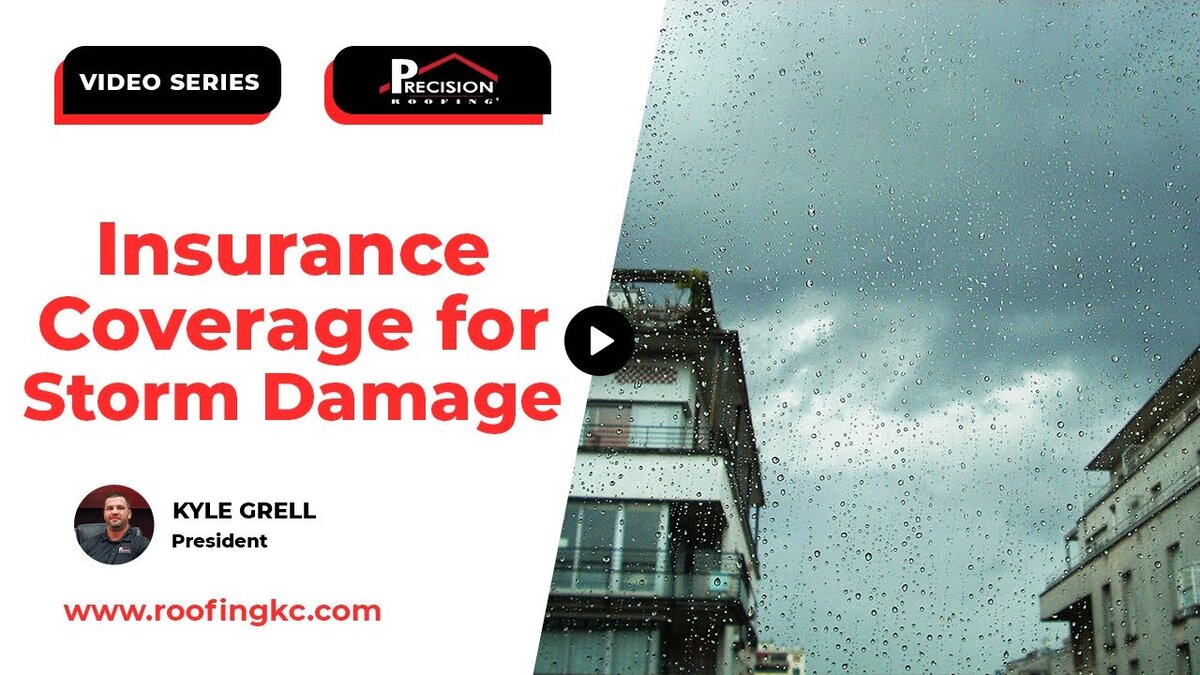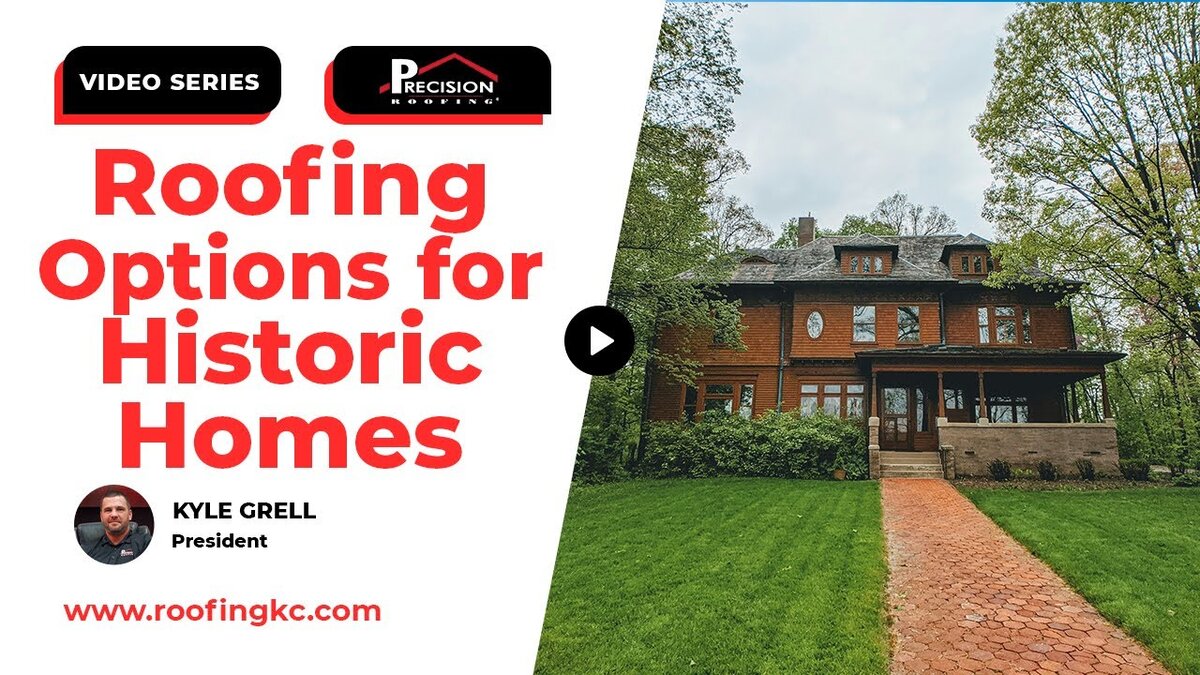Roof patching is often seen as a simple and cost-effective way to maintain your roof, but relying on it too frequently can lead to issues. Over time, an excessive number of patches can compromise the integrity, waterproofing, and overall appearance of your roof. This blog will explore the limitations and risks associated with repeated roof patching, guiding you toward knowing when it’s time to consider a more permanent solution.
Patching Shingles: Pros and Cons
Patching shingles can seem like an effective solution for minor roof damage, especially when the shingles are relatively new. However, this approach comes with both advantages and disadvantages that need careful consideration.
Pros of Patching Shingles:
- Cost-Effective: Patching is generally less expensive than a full roof replacement, making it an attractive option for minor repairs.
- Quick Fix: For small, localized damage, patching can quickly restore your roof’s functionality.
- Preserves Existing Shingles: Patching allows you to retain most of your original shingles, which can be beneficial if they are still in good condition.
Cons of Patching Shingles:
- Aesthetic Issues: Shingles that have been exposed to the sun for more than two years will likely show fading, causing even a well-matched patch to stand out. This can negatively impact the overall appearance of your roof.
- Limited Longevity: While patching can temporarily fix a problem, it doesn’t address underlying issues that may cause more damage over time.
- Potential for Frequent Repairs: If you find yourself patching the roof regularly, it could indicate poor original installation or unfavorable weather conditions during the initial installation, leading to ongoing problems.
While patching doesn’t necessarily compromise the waterproofing of your roof, the aesthetic concerns and the potential for recurring issues can be significant as the roof ages.
Patching on Commercial Roofs: When is it Too Much?
Commercial roofs are a different story when it comes to patching. Aesthetics are less of a concern because these roofs are not typically visible to the public. However, the structural integrity remains crucial. If multiple patches are concentrated in a small area, the manufacturer may require replacing an entire section of the membrane. This isn’t because the patches won’t hold up, but because each patch introduces another potential point of failure.
For example, if you have 30 holes patched in a 20×20 area, it’s often more effective to replace the entire section with a new, single piece of membrane. This approach reduces the risk of future leaks and ensures a uniform, reliable surface. The type of roofing system—whether it’s heat-welded or EPDM—also plays a role in the decision to patch or replace, as some systems are more tolerant of multiple patches than others.
Replacing vs. Patching: Residential Roofs
When it comes to residential roofs, the decision to patch or replace often depends on the extent of the damage and the location of the patches. If a significant area of your roof is damaged, particularly in crucial spots like valleys or areas with rotted decking, patching might not be the best option.
For instance, if you have a ranch house with a large valley that needs to be repaired, trying to carefully remove the shingles and patch the area can be labor-intensive and might not yield the best results. It might be more time-efficient and cost-effective to replace the entire section rather than risk damaging surrounding shingles in the patching process.
Repair Considerations: Hidden Costs and Aesthetic Impact
Patching a roof might seem like a cost-effective solution in the short term, but it can lead to hidden costs over time. If a patch isn’t installed correctly, or if the underlying decking is compromised, water can seep in, leading to more significant issues like wood rot or mold growth. The labor involved in carefully patching a roof, especially in trying to preserve the integrity of surrounding shingles, can also be considerable.
Aesthetics are another important consideration, particularly for residential roofs. Over time, patched areas can become more noticeable as the surrounding shingles continue to age and fade. This can detract from your home’s curb appeal and potentially reduce its value. In some cases, it may be more advantageous to replace larger sections of the roof to maintain a uniform appearance.
In Summary: Knowing When to Replace
Roof patching is a practical solution for minor issues, but there comes a time when it’s no longer the best approach. If your roof has multiple patches, especially in one area, or if your shingles are showing signs of age, it might be time to consider a more extensive repair or even a full replacement. Each additional patch increases the risk of leaks, water damage, and a less appealing roof.
Weighing the costs of continued patching against the benefits of a new roof often reveals that replacing the affected section or the entire roof is more cost-effective in the long run. If you’re uncertain about the best course of action, it’s wise to consult with a professional roofing contractor. They can assess your roof’s condition and recommend the most effective solution.
If you have any questions or need further assistance, contact us today for expert advice and reliable roofing services.




